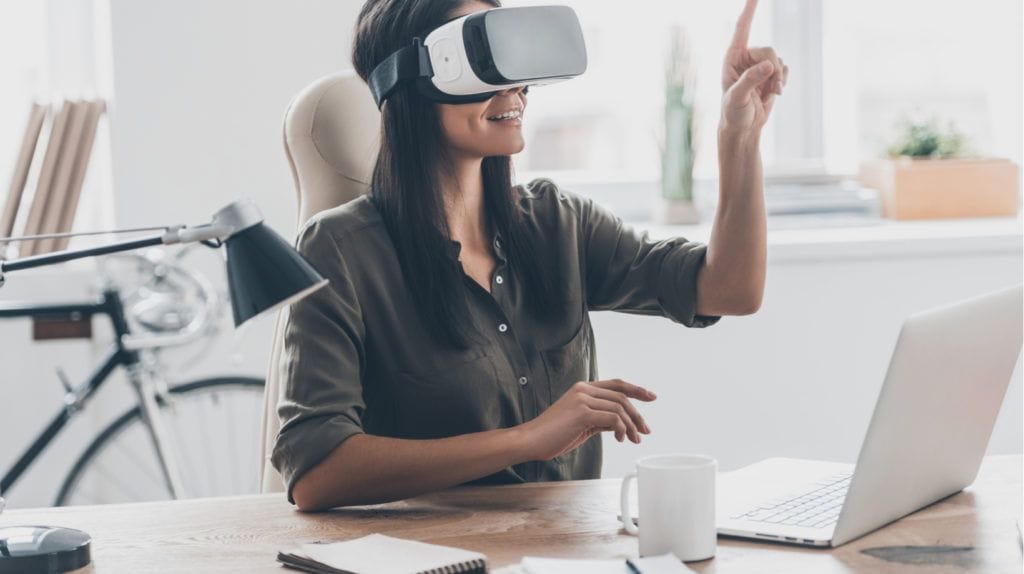The Role of Virtual Reality in Employee Onboarding

Onboarding is a critical step when a new employee joins a company. It's the first real impression of the workplace, and it sets the tone for how quickly and well the employee can settle in, understand their role, and start contributing.
Traditionally, onboarding involves paperwork, training sessions, presentations, and job shadowing. But with technology evolving, companies are turning to Virtual Reality (VR) to make onboarding more engaging, practical, and effective.
What is Virtual Reality (VR)?

Virtual Reality is a computer-generated simulation that allows users to experience and interact with a 3D environment using special headsets. In simple terms, VR can make you feel like you're in a different place even if you're just sitting at your desk.
How VR Improves Employee Onboarding

1. Immersive Company Culture Introduction
With VR, new hires can explore a virtual version of the office, meet avatars of team members, and see how the company operates no matter where they are in the world. This helps remote or hybrid workers feel more connected.
2. Interactive Training
Instead of watching long videos or flipping through slides, employees can engage in hands-on VR training. For example, a new warehouse worker can learn how to use equipment in a safe, virtual space. A customer service rep can practice conversations with virtual clients. This kind of training is often more memorable and reduces mistakes on the job.
3. Faster Learning Curve
VR speeds up the learning process. People tend to remember what they see and do better than what they read or hear. So a new employee can understand procedures, tools, and even emergency protocols faster through VR simulations.
4. Safe Practice Environment
Mistakes are part of learning, but in real life, some mistakes can be costly or dangerous. VR lets employees practice tasks, make errors, and learn from them without real-world consequences.
5. Standardized Experience
Every new hire gets the same quality of onboarding. With VR, there’s no risk of skipping steps or inconsistent training across departments or locations.
6. Data and Feedback
VR tools often come with tracking features. Managers can see how long someone spent on a module, how well they performed, and where they struggled. This helps tailor future training and support.
Real-World Examples

- Walmart uses VR to train employees on customer service and handling high-stress scenarios like Black Friday crowds.
- DHL trains warehouse staff in VR to improve efficiency and safety.
- KFC built a VR escape room to teach kitchen procedures in a fun and engaging way.
Is VR Onboarding Right for Every Company?
Not all companies need full-scale VR programs. The setup can be expensive, and not all roles benefit from it. However, for large companies, remote teams, or roles that require hands-on skills, VR can be a smart investment.
Finally
Virtual Reality is changing the way companies bring new people on board. It’s not just a cool tech feature, it’s a practical tool that can make onboarding faster, safer, and more consistent. As more businesses go digital, VR could become a standard part of the employee experience.





